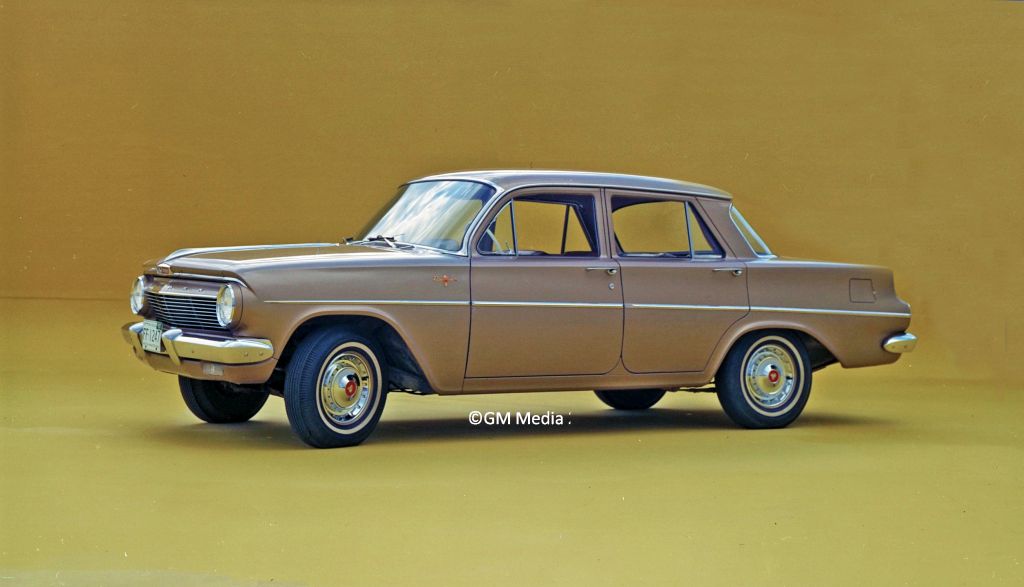Retro Stories by David Burrell
The EJ Holden was released in July 1962, thirteen months before its more celebrated successor, the EH. Since then, it has been in the EH’s shadow.

And yet, the EJ had a more pivotal role in the history of General Motors’-Holden (GMH) than the EH. This crucial influence is revealed in previously secret GM and GMH internal documents, styling studio photos and the actions of GM’s design boss, Bill Mitchell.

The EJ’s transition from design to driveway began in mid-1957. Back then, Alf Payze was the company’s chief stylist. He created a two-sided full-sized prototype, pictured above and below. It was a mix of existing and future design ideas. The wrap around windscreen is typical of the mid-fifties. The rear end is a direct lift from the 1958 Chevrolet. From the side, the EJ reflects design themes that would appear on the 1961 Chevrolet. The recessed door handles were of the future.

Over the next two and a half years the EJ’s styling was changed and refined. The final proposal was approved by GMH executives in mid-1960.
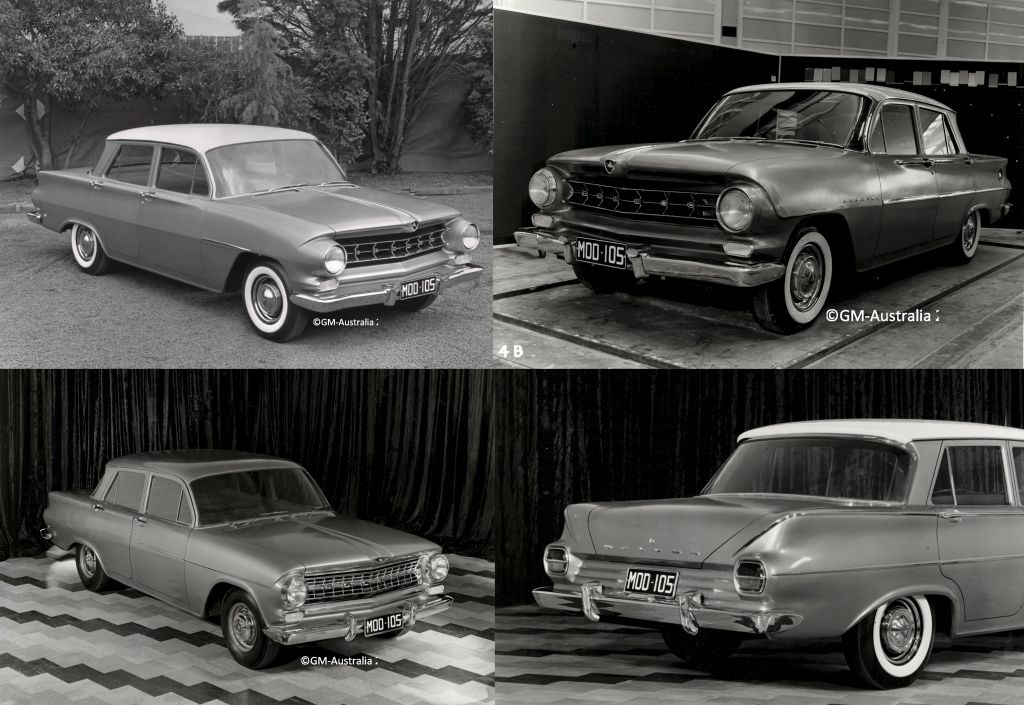
Granted that the grille is clumsy, the front end looks unfinished and the bumper bars look like loosely attached logs of wood, Alf had been quite clever in shaping a car that reflected some of GM’s forthcoming design ideas. The curved A pillar, for example, appeared on all GM full-sized cars in 1961. In many ways the EJ could be seen as a smaller, less complicated version of the ’61 Chevrolet.
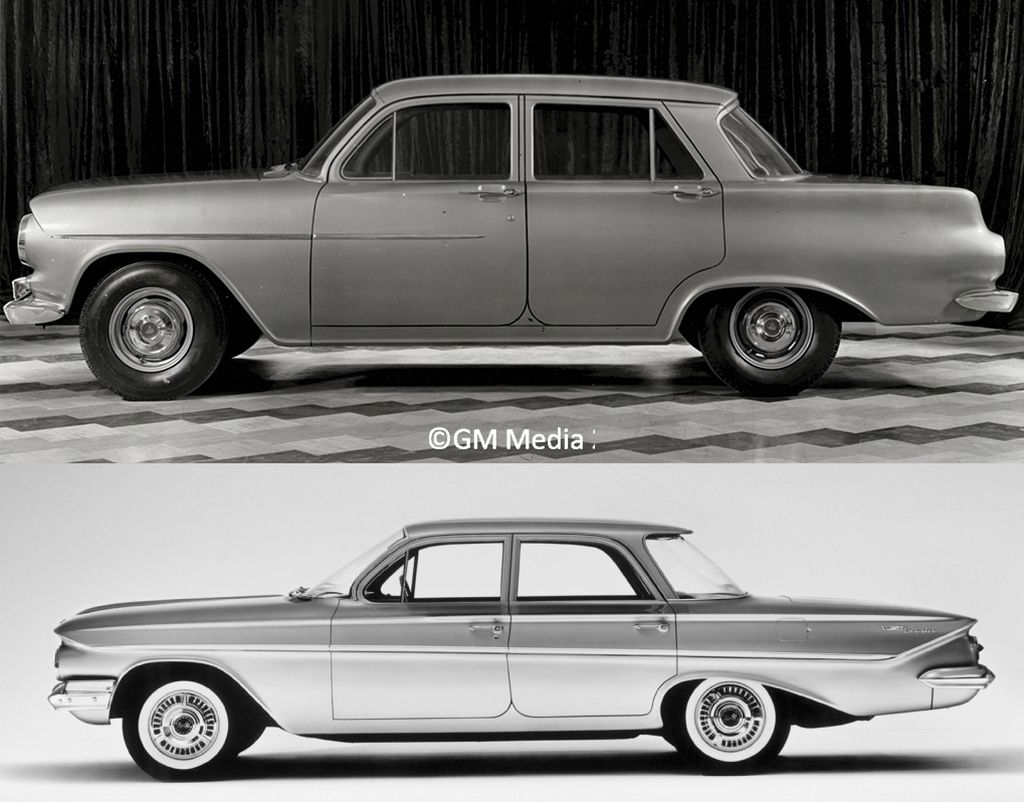
In September 1960 construction began on sixteen fully operational experimental prototypes, one of which is pictured below. The cars were to be tested at Holden’s Lang Lang proving grounds in Victoria. Two were to be sent to GM in the USA for analysis. It all looked like smooth sailing. But, three complications arose.
The first was the elegantly styled 1960 XK Ford Falcon. It was the first real competition GMH had faced in the family sedan and station wagon market. Suddenly, styling mattered. Car buyers now had a choice.
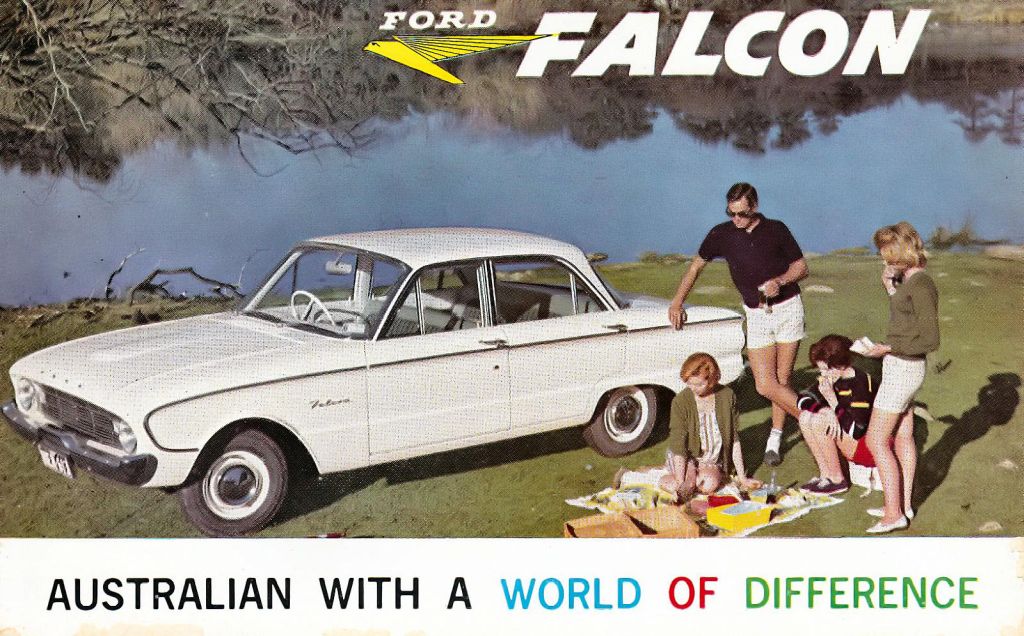
The second complication was the now famous April, 1961 Modern Motor scoop story. This edition is a prized part of the AMHF’s collection. Emblazoned on the magazine’s cover, 15 months ahead of its release was the EJ prototype running around the Lang Lang proving grounds. Inside the magazine were more photos of the exterior and interior.
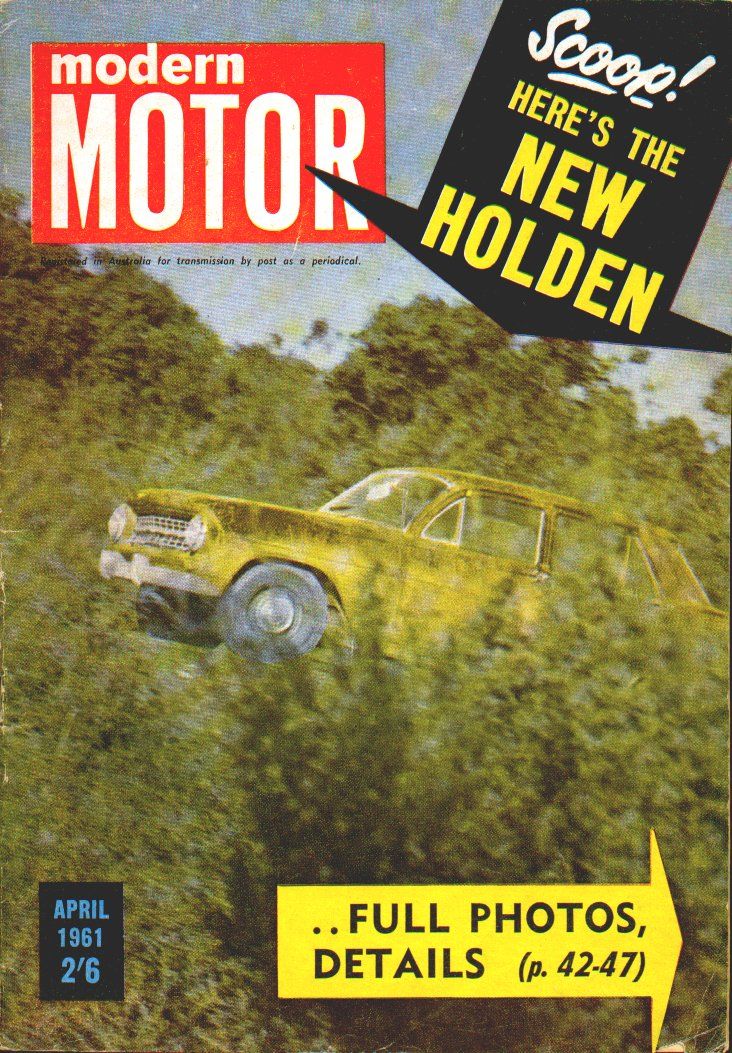
The prototype nature of the car, its clumsy disguise and the uninspiring colour gave the impression that GMH’s new Holden was no match for the Falcon’s styling. Even worse was the fact the car was not due for release until July 1962 and here it was splashed across the front page of a car magazine for everyone to see far ahead of its release date.

Then came complication number three.
When the metal prototypes arrived in the USA, one was stored under a cover in one of the Advanced styling studios. That’s where it was seen by two of GM’s senior design executives, Paul Gillan, who was the manager of the Advanced studios, and Joe Schemansky.
In his book Heart of the Lion, which is part of the AMHF collection, Dr John Wright relates what happened next:
“Joe Schemansky had an intimate knowledge of what was and was not acceptable in the GM design world of 1961. This model was not.”
Dr Wright quotes Schemansky as saying:
“I lifted the cover and correctly guessed that this car was a Holden. ‘This is awful’ I said to Paul. ‘Bill Mitchell ought to see this.’”
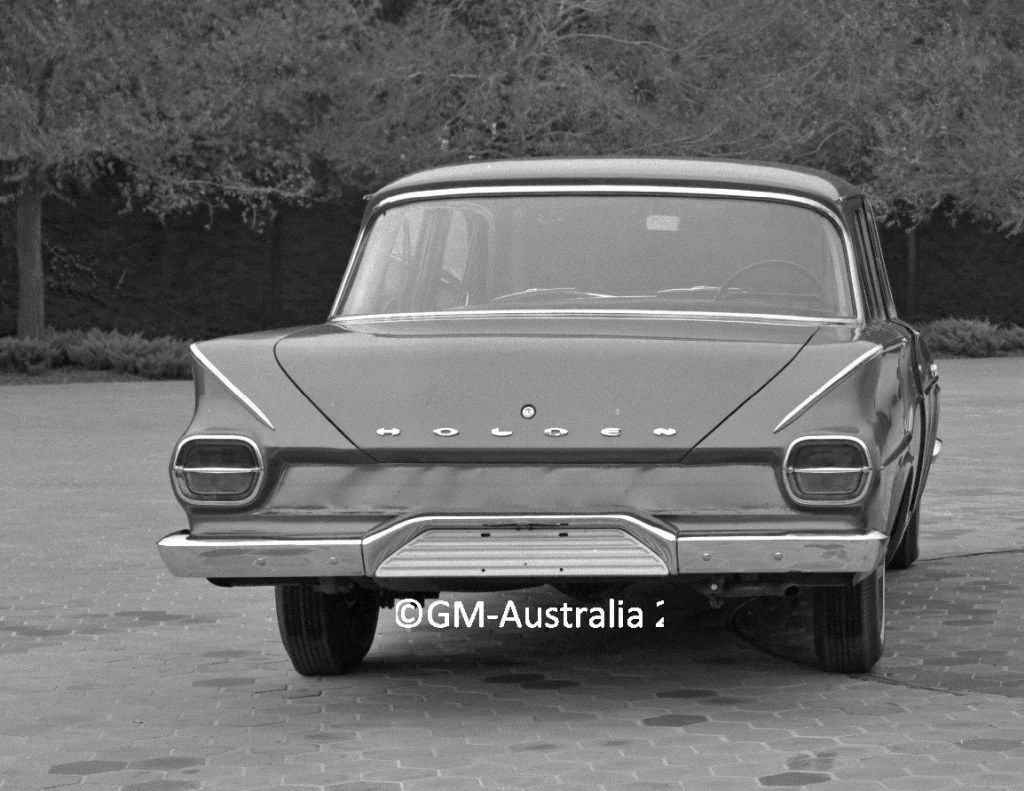
Bill Mitchell was the global vice president of GM design. He and his team instinctively knew that without any change, the Holden would face significant competition from the Falcon. Mitchell was also keen to ensure his design philosophies were firmly embedded into GM’s subsidiaries, Vauxhall, Opel and GMH.
After seeing the EJ, Mitchell wasted no time. On 3rd August the GM Board approved his request to “instigate changing certain design features of the 1962 Holden.” Mitchell also was given the authority to design the EH, 1965 HD and 1968 HK models. That meant an immediate transfer of design accountability from Melbourne to Detroit. Holden was no longer in control of its styling.
Mitchell assigned Stan Parker to re-work the EJ. With only eight-months until release date, Parker used the metal prototype as a base, and created a two-sided proposal. The Australian styling was retained on the right side, with minor trim changes. The left side featured a wider C pillar, a new front fender which carried the belt line forward to the headlights and a more prominent rear fender. The bumper bars were lifted and the grille and rear end were simplified.
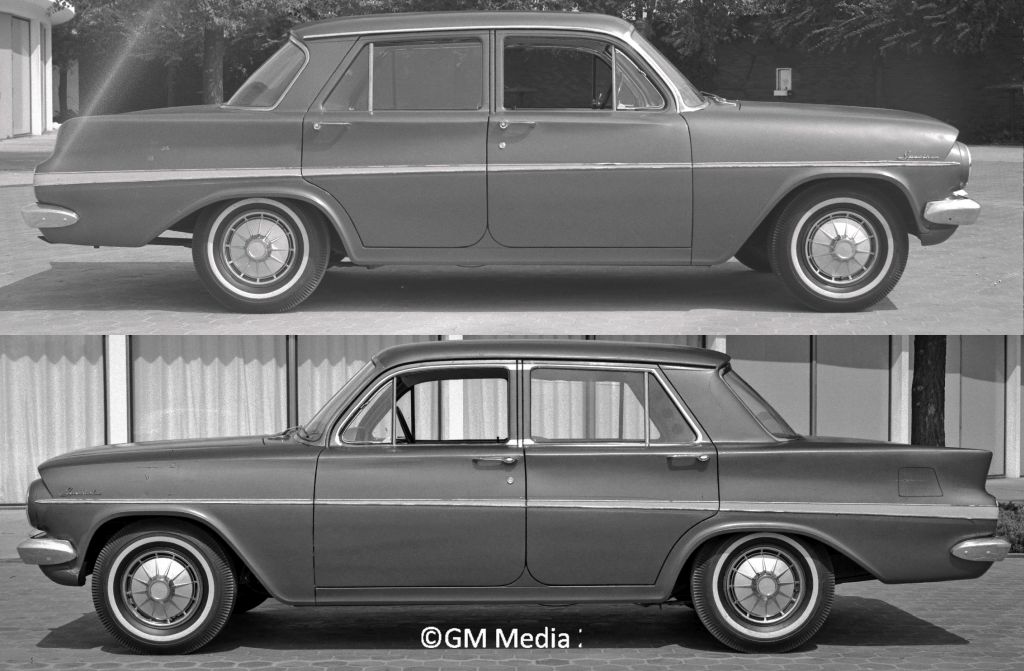
The proposals were reviewed on 7th September by GM Chairman Fred Donner, GM President John Gordon and GMH’s managing director Harlow Gage. They approved the new grille, rear end simplification, new bumper bars and parking light locations. Parker’s left front fender was also adopted. The Australian C pillar and rear fender shape were retained.

Although Parker’s make-over fixed the main styling issues, the basics of what Payze had developed remained intact. The Australians still had much work to do because they had responsibly for the EJ wagon and commercials. After finishing the EJ, Parker commenced worked on the EH and HD. Thy will feature in future AMHF stories.
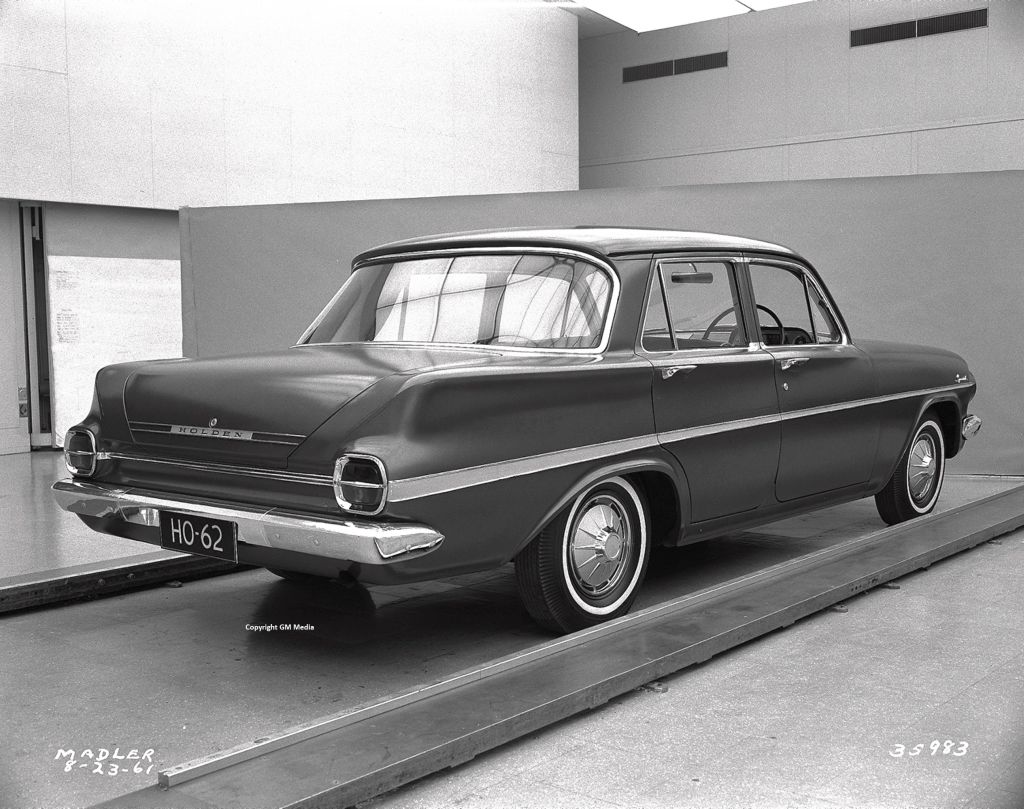
The transfer of styling responsibilities to the USA was not a permanent solution. Mitchell knew he’d have to send one of his senior managers to GMH to lead and integrate their future design efforts and to recruit, develop and coach Australian designers. Joe Schemansky would get that job.
Meanwhile GMH had decided to add a luxury “Super Special” sedan to its range. The name was changed to “Premier” in April 1962.
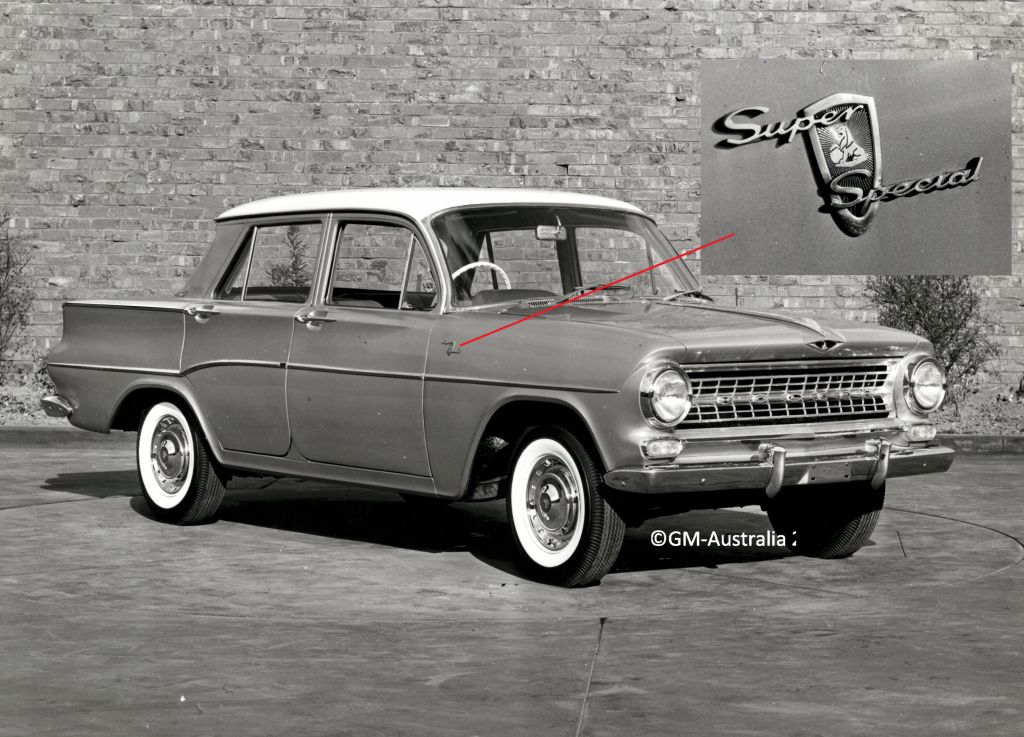
The revised EJ proved to be a success. Despite having an aging and underpowered engine, the car attracted almost 155,000 buyers in 13 months. GMH’s market share hovered around 45% during the EJ’s production run.
EJ Legacies
For me, the EJ has four legacies.
The first is the Premier. Along with the Wolseley 24/80 and the Falcon Futura, you can pinpoint the start of our appetite for local luxury offerings from the moment the Premier appeared in dealerships.
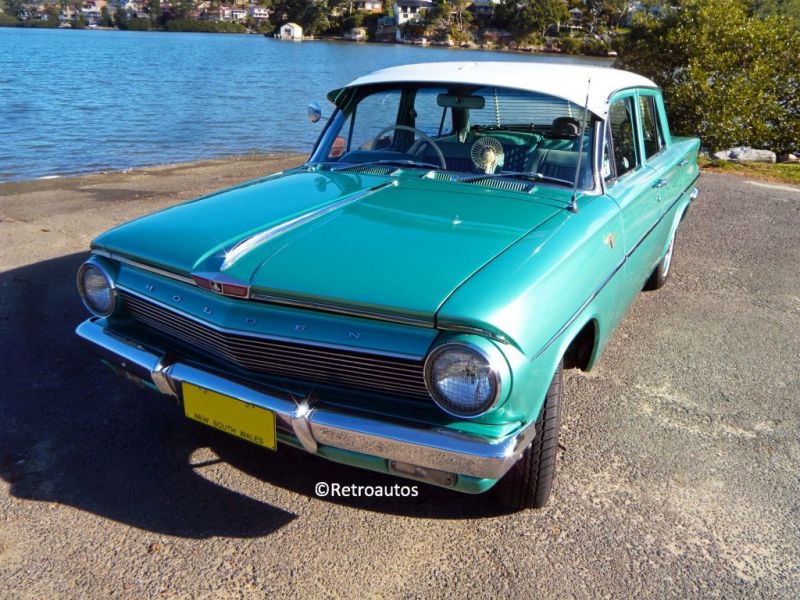
The second is that the EJ was the base for the EH, Holden’s bestselling model. Combined, the EJ and EH sold 411,000 cars.
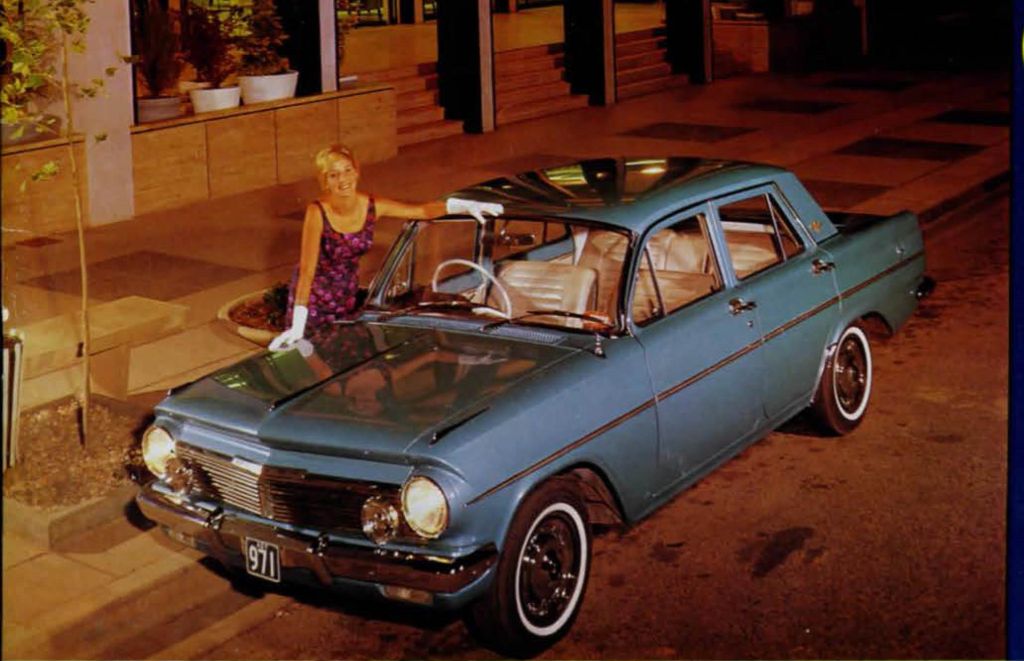
And the third? That’s the 1,000,000th. Other car companies have sold a million cars here, but GMH was the first.
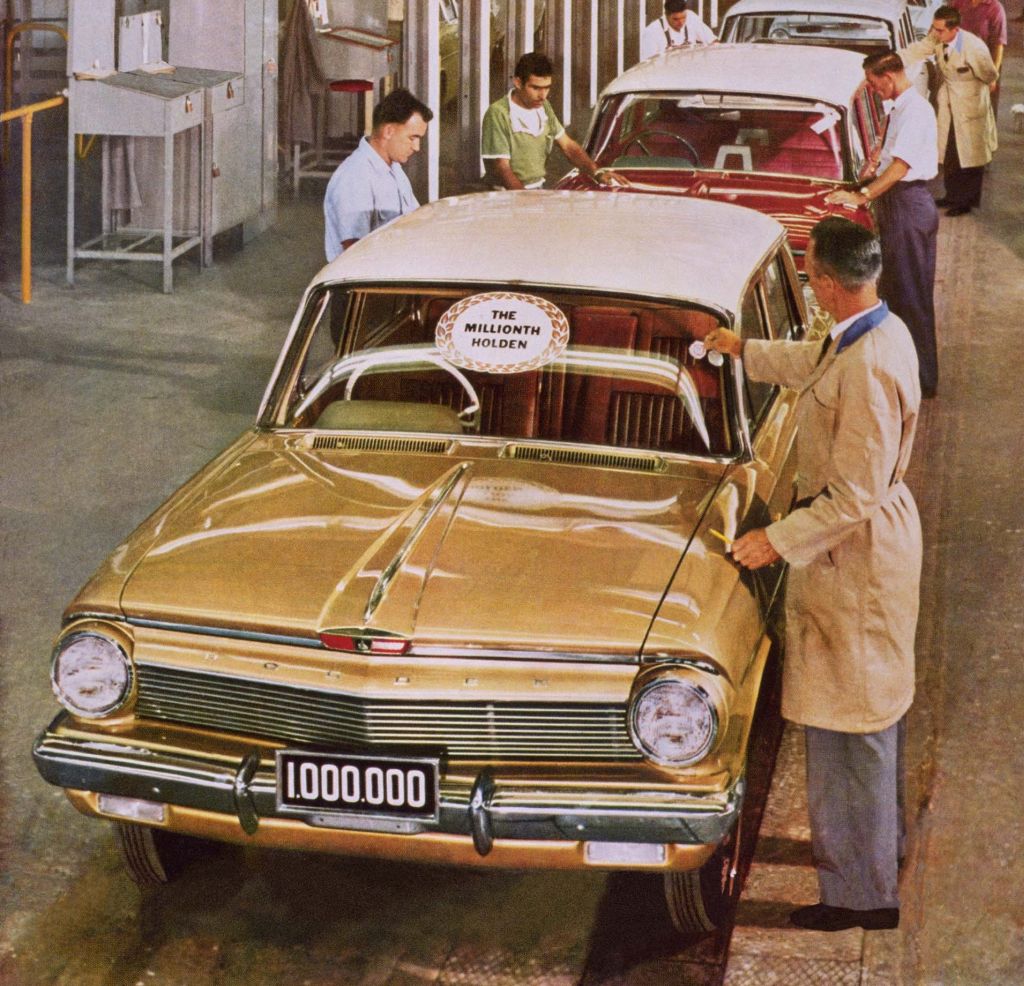
The fourth legacy is that Mitchell’s intervention led to the expansion of GMH’s styling capabilities. With Joe Schemansky in charge, up to date studios were constructed and talented people were identified and developed to world class level. Many car designers began their careers at Holden and have had, and continue to have, a global influence on the shape of the cars we drive, including Mike Simcoe, vice president of GM design.
Yes, the EJ was that influential.
